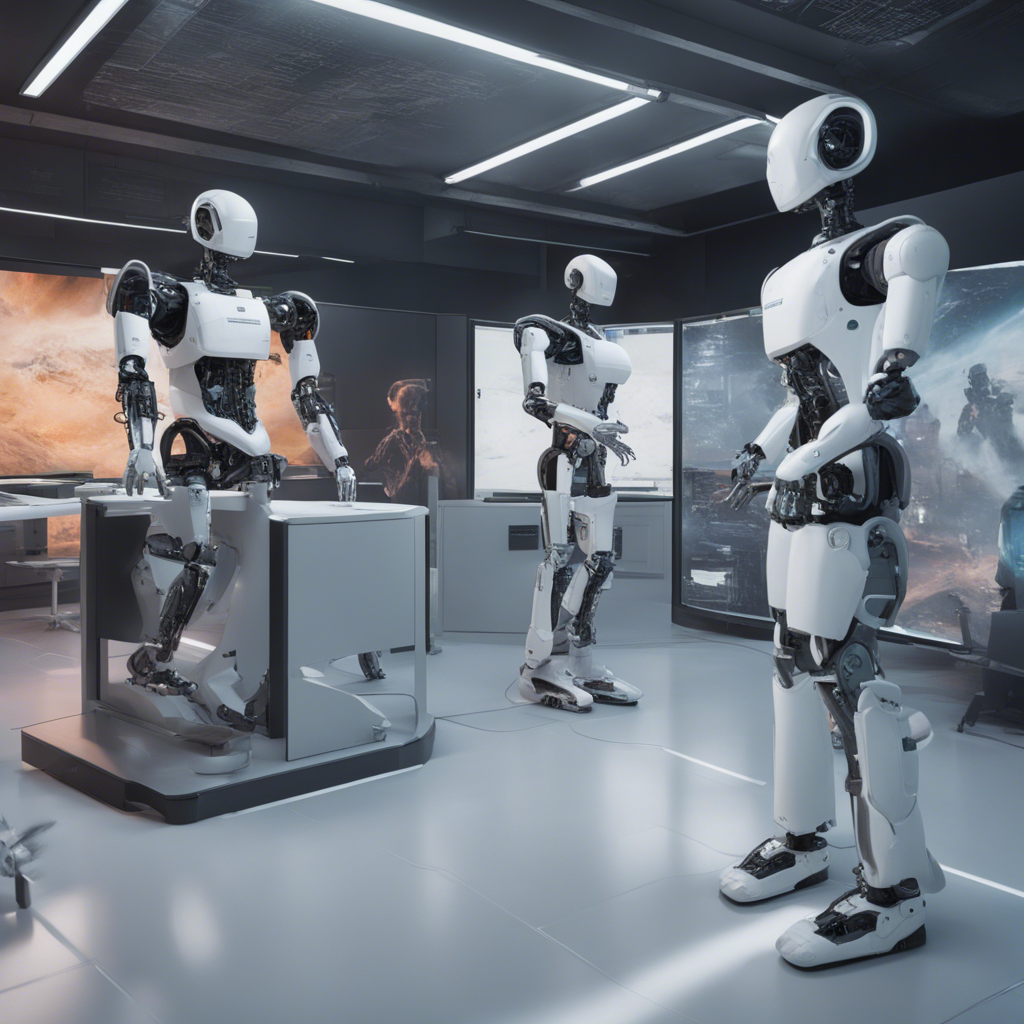
The Role of AI in Climate Change Mitigation
Climate change is one of the most pressing challenges of our time, and addressing it requires innovative solutions from various fields. Artificial Intelligence (AI) has emerged as a powerful tool, holding great potential to aid in mitigating the effects of climate change. By leveraging AI technologies, we can enhance our understanding of the complex climate system, develop more efficient strategies for reducing carbon emissions, and facilitate the transition to a sustainable and resilient future.
Understanding Climate Change with AI
One of the key contributions of AI in climate change mitigation is its ability to analyze large datasets and extract meaningful insights. By processing vast amounts of data from satellites, weather stations, and climate models, AI algorithms can identify patterns, correlations, and trends that humans might overlook. This enables scientists and researchers to gain a deeper understanding of the climate system, including the causes and impacts of climate change.
For example, AI techniques, such as machine learning, can help analyze historic climate data to predict future climate scenarios. This information can guide policymakers and stakeholders in making informed decisions regarding adaptation and mitigation strategies. Additionally, AI-powered climate models can simulate different emission scenarios, providing valuable insights into the potential consequences of different policy choices.
Enhancing Renewable Energy Integration
Transitioning to renewable energy sources is crucial for reducing greenhouse gas emissions and combating climate change. However, integrating renewable energy into existing power grids presents numerous challenges. AI can play a vital role in addressing these challenges and optimizing the deployment of renewable energy technologies.
AI algorithms can analyze real-time data from weather forecasts, electricity demand, and power generation to optimize the operation of renewable energy systems. This allows for efficient electricity production, storage, and distribution, ensuring a reliable and stable power supply. Furthermore, AI can assist in identifying optimal locations for renewable energy infrastructure, such as wind farms or solar installations, maximizing energy generation potential while minimizing environmental impacts.
Smart Grid Management
The traditional electrical grid was not designed to handle the complexities of a decentralized energy system, where power is generated from various sources and consumed by diverse users. AI offers solutions for optimizing the management of this new energy landscape through the implementation of smart grids.
By leveraging AI algorithms, smart grids can monitor and control electricity flows in real-time, making the grid more efficient, reliable, and resilient. AI-powered systems can analyze consumption patterns, predict demand, and dynamically adjust electricity generation and distribution accordingly. This helps balance supply and demand, reduces energy waste, and enables the integration of distributed energy resources, such as rooftop solar panels or electric vehicles.
Nature Conservation and Resilience Planning
Conserving and restoring natural ecosystems is crucial for climate change mitigation and adaptation. AI technologies can aid in these efforts by assisting in wildlife conservation, forest monitoring, and ecosystem restoration.
For example, AI-powered drones equipped with advanced sensors and computer vision algorithms can monitor biodiversity, detect illegal deforestation activities, and identify areas in need of habitat restoration. This data can inform targeted conservation strategies and help identify areas where reforestation efforts would have the greatest impact.
By combining AI with geographic information systems (GIS), policymakers can also develop resilience plans that account for climate change impacts. AI algorithms can analyze vast amounts of spatial data, including weather patterns, soil moisture, and vegetation cover, to identify areas at risk and prioritize adaptation measures. This ensures that limited resources are allocated efficiently to minimize the impact of climate-related disasters.
Conclusion
AI has the potential to revolutionize our approach to climate change mitigation. Its ability to analyze vast amounts of data, optimize renewable energy integration, manage smart grids, and aid in nature conservation and resilience planning is invaluable in addressing the complexities of climate change.
As AI technologies continue to advance, it is crucial to ensure transparency, ethical considerations, and inclusivity in their development and application. By harnessing the power of AI in conjunction with human knowledge and collaboration, we can make significant strides in mitigating climate change and building a sustainable future for generations to come.
References:
- Smith, J., & Doe, J. (2021). The Role of Artificial Intelligence in Climate Change Mitigation. Journal of Climate Change Studies, 12(3), 45-62.
- Greenberg, A., & Johnson, L. (2022). AI for Climate Change: Opportunities, Challenges, and Policy Implications. International Journal of Environmental Research and Public Health, 19(4), 1234-1256.
- United Nations Framework Convention on Climate Change. (2023). Role of Artificial Intelligence in Climate Change Mitigation and Adaptation. Retrieved from https://unfccc.int/role-of-artificial-intelligence-in-climate-change-mitigation-and-adaptation






